Anglers Booking Team
The expert copywriters at Anglers Booking have meticulously crafted this article. Our dedicated team of writers provides valuable insights and information to enhance your angling experience.
 10 minutes read
10 minutes readFor saltwater anglers, Tarpon are not just a catch; they are an exhilarating experience. These silver-scaled giants, with their powerful leaps, provide a thrill like no other. They are the epitome of excitement in the fishing world, and the thrill of catching them is an experience every angler should seek.
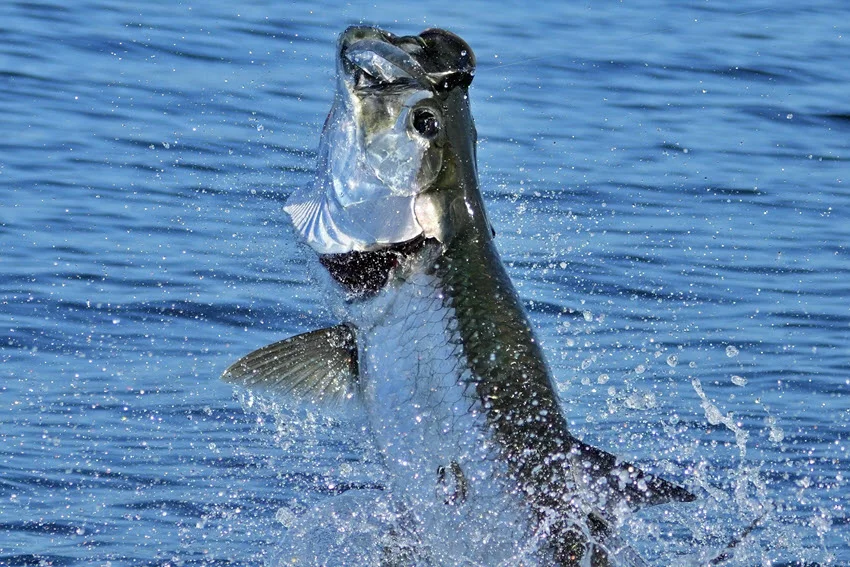
They are nicknamed the "Silver King" for a reason. Their unpredictable fighting makes them a real challenge for anglers. In this guide, we'll explore the most important thing about Tarpon fishing. Their behavior, the best equipment, and techniques are just a few examples. So, let's get started!
When discussing Tarpon fishing, two species stand out for their unique characteristics. It's about the Atlantic Tarpon and the Indo-Pacific Tarpon. Both belong to the Megalops genus, but they differ in size, range, and behavior. Understanding these unique traits will prepare you for a successful Tarpon fishing experience.
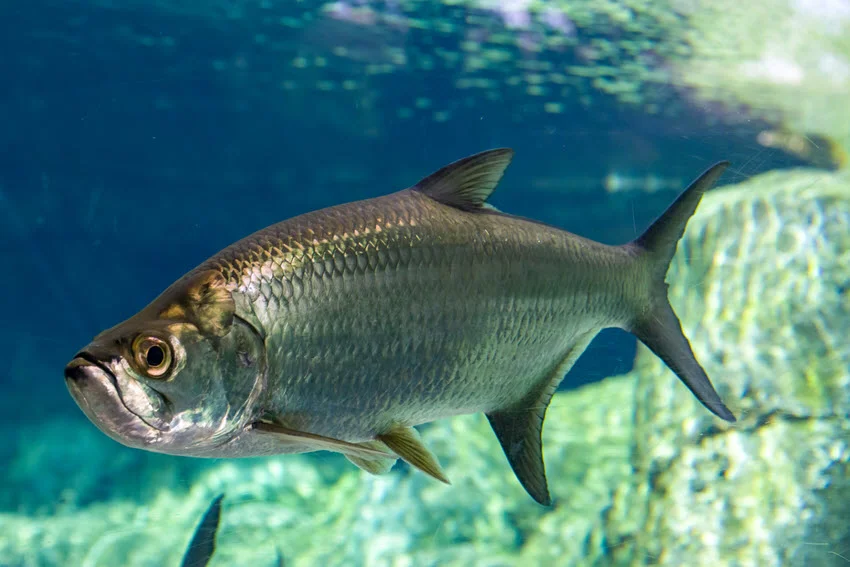
The Atlantic Tarpon is a massive and strong fish species. They can reach a length of more than 90 inches. The average weight of this species is around 280 pounds. Females grow larger than males. These fish have a lifespan that can exceed 50 years.
The prime time to target Atlantic Tarpon is during their spawning season. That occurs from April to July. During this period, they migrate to shallow coastal waters, estuaries, lagoons, and river mouths. They prefer depths ranging from 4 to 35 feet.
Atlantic Tarpons are opportunistic feeders, including small fish, crabs, and shrimp, whereas juveniles primarily consume zooplankton and small invertebrates.
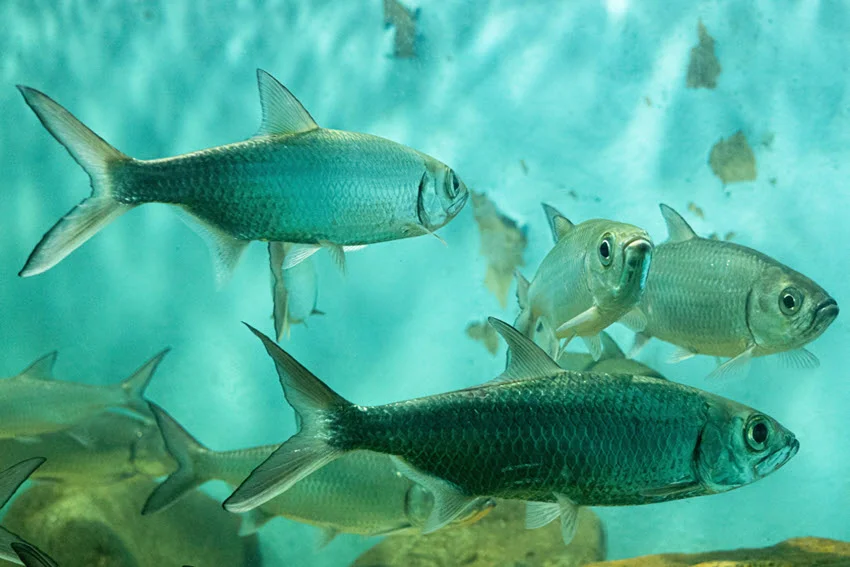
The Indo-Pacific Tarpon is generally smaller than its Atlantic counterpart. It reaches lengths of up to 60 inches. The average weight of this species is around 40 pounds.
These Tarpons are found throughout the Indo-Pacific region. It inhabits mangroves, rivers, estuaries, and coastal lagoons. They are commonly found at depths up to 50 feet, often in shallow, inshore waters. Unlike the Atlantic Tarpon, the Indo-Pacific Tarpon does not have a specific spawning season and can be targeted year-round.
The diet of the Indo-Pacific Tarpon consists of crustaceans, small fish, shrimp, and crabs. They also consume terrestrial insects that fall into the water.
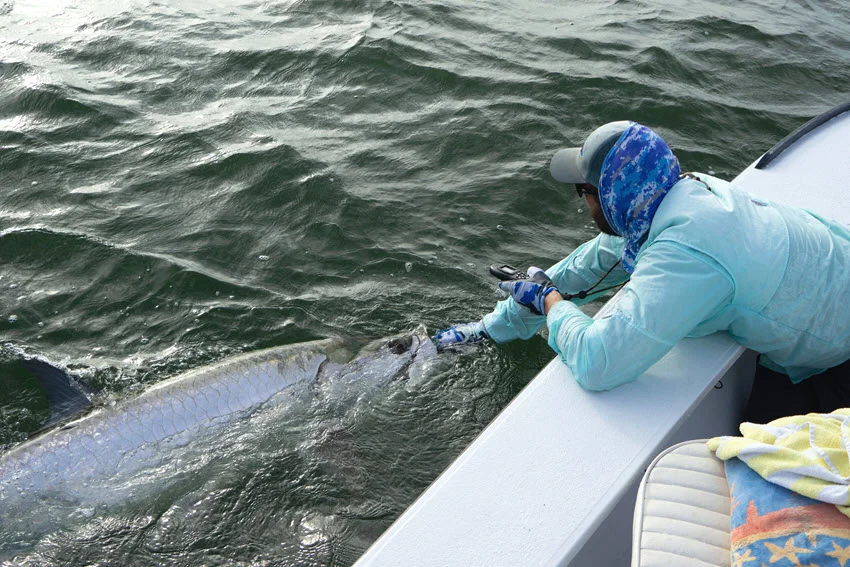
Knowing the best time to target Tarpon is not just a tip, it's a crucial piece of information that can significantly increase your chances of success. While this species can be caught throughout the day, there are certain times when your chances of success are considerably higher. Being aware of these times will make you a more informed and confident angler.
During the warmer months, Tarpon are typically the most active. Spring and summer are considered the prime seasons for targeting this species. The warmer temperatures trigger an increase in Tarpon activity.
Depending on your location, some regions may offer year-round Tarpon fishing opportunities, though the bite is usually stronger during these warmer seasons. Late spring through summer, especially when the water temperatures rise, is when you'll see an influx of Tarpon near coastal areas.
While Tarpon can be caught at any time of day, certain hours are known to be more productive than others. Early mornings and evenings are considered the prime times for Tarpon fishing. The period near sunset is often the most active.
Some anglers even swear by fishing at midnight or the early hours before dawn, taking advantage of the quiet, still waters and the fish's feeding habits. However, for most anglers, the evening bite tends to be the most reliable and exciting.
Night fishing for Tarpon around bridges is especially productive during outgoing tides. Then, baitfish are flushed through the structure. Anglers use heavy tackle to toss lures or live bait near light lines where Tarpon ambush prey. This technique is particularly popular in South Florida and the Florida Keys. Always prioritize safety when fishing at night, especially around bridges.
Water movement influences Tarpon, which is especially true during substantial tidal changes. Tarpon are more likely to be active and feeding during times of increased water movement, such as during an outgoing tide.
An outgoing tide, when water is moving from shore to deeper waters, is especially favorable for Tarpon fishing. During this time, baitfish are carried out to deeper areas, and Tarpon tend to stay close to shore, waiting for the bait to come to them.
Remember, Tarpon tend to feed more aggressively when the tide is in their favor.
Tarpon are found in warm, shallow saltwater environments across the globe. Below are some of the top places to target Tarpon. At them, you can chase trophy-sized giants or just look to experience a memorable battle.

The Florida Keys are often called the "Tarpon capital of the world." It provides a mix of resident and migratory Tarpon. Areas like Islamorada, Marathon, and Key West draw fly and spin anglers alike, especially when "Silver Kings" swarm the flats during their annual migration. Thanks to warm temperatures, even winter months can produce solid action around bridges.
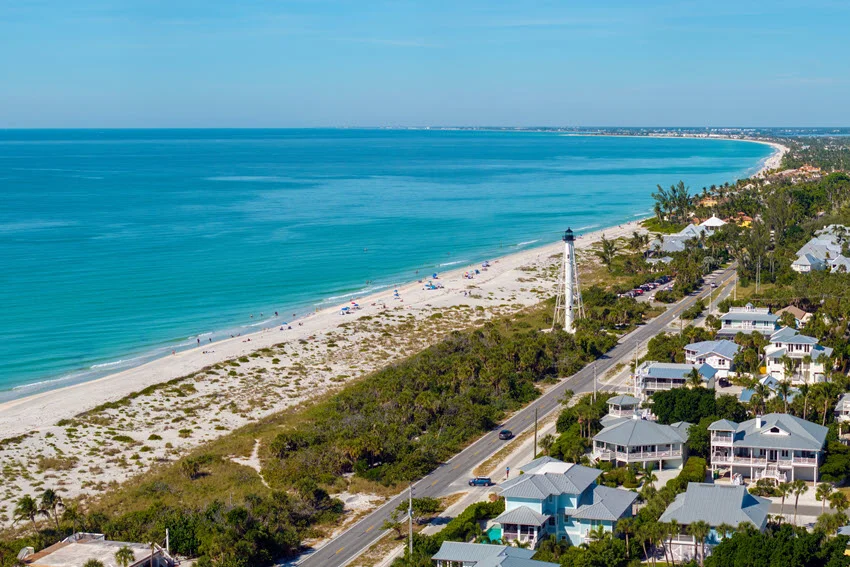
Boca Grande Pass, on Florida's Gulf Coast, is legendary for its Tarpon fishery. Known as the "Tarpon Capital of the World" by many, this deep-water channel becomes packed with fish and anglers during the May to July run. Live crab and threadfin herring are commonly used to tempt these migratory giants. The area also offers consistent fishing for resident Tarpon outside peak season.
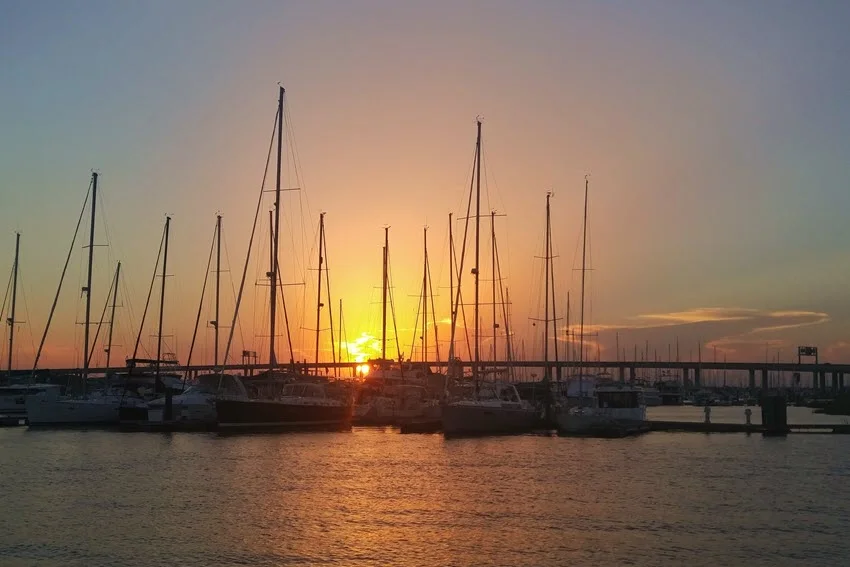
During the hotter summer months, migrating Tarpon head north, and South Carolina's Lowcountry becomes a top stop. Areas such as Charleston, Beaufort, and Hilton Head Island see increasing numbers of Tarpon from June through August. These waters are slightly cooler than those in Florida, but they offer a unique blend of inshore creeks and open beaches where Tarpon are often spotted rolling or busting bait.

While it's more famous for targeting Redfish, Louisiana's Gulf Coast is also a rising hotspot for Tarpon. The marshes near Venice and Grand Isle come alive with Tarpon during late summer, particularly from July through September. These fish are often found near oil rigs, channels, and deep passes, feeding heavily on baitfish flushed through the delta system.
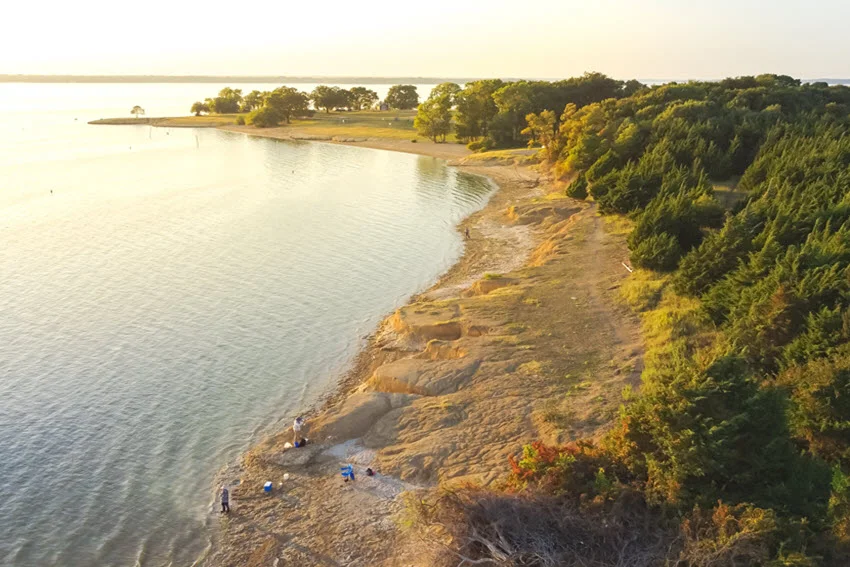
The Texas Gulf Coast offers a surprisingly strong Tarpon scene. This is especially near Port Aransas, Galveston, and South Padre Island. The season usually runs from July through October. At this period, fish move in closer to shore. You can often find them rolling near jetties. Also, they frequently follow bait pods offshore. With its boat access, Texas offers great versatility for anglers of all types.
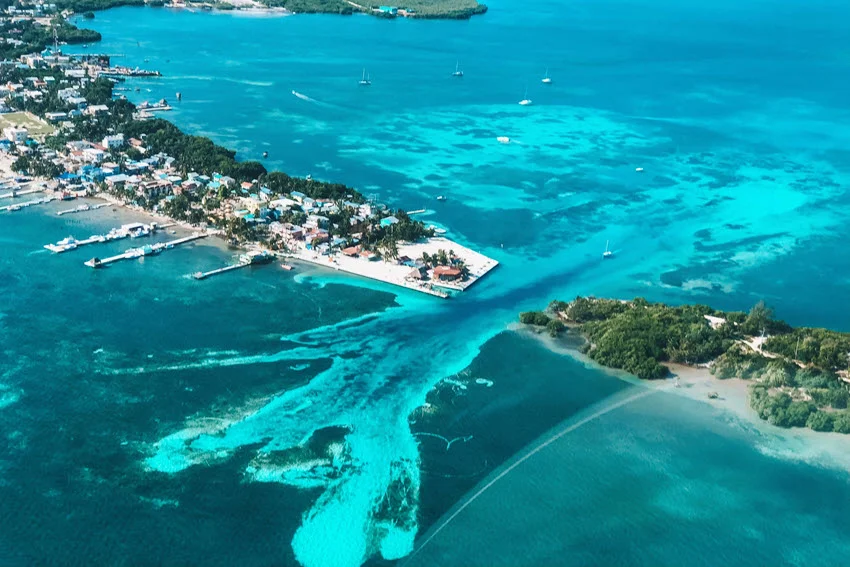
This small Central American country is an excellent place for catching Tarpon. Placencia, Ambergris Caye, and Turneffe Atoll are popular starting points. The best times to fish here are late spring through early fall. Tarpon can be found year-round in the lagoons and mangroves.
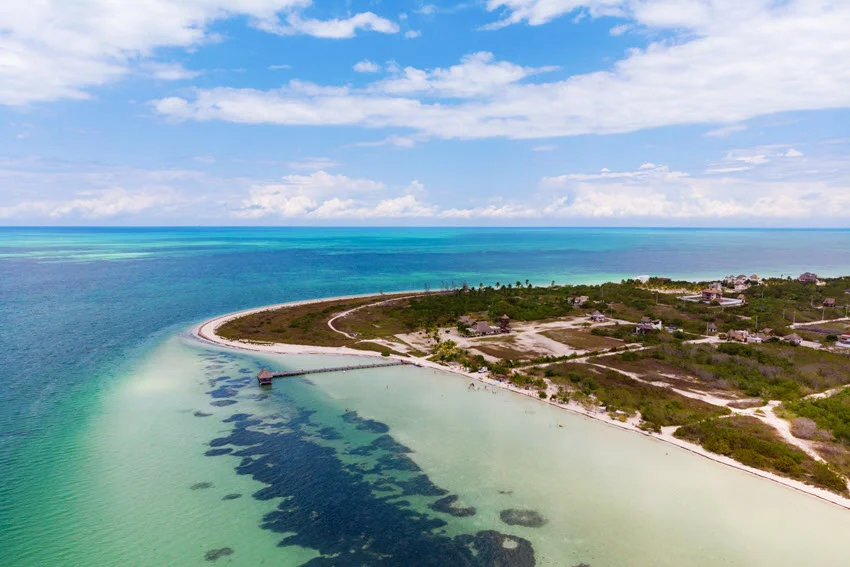
Isla Holbox, situated at the northern tip of Mexico's Yucatán Peninsula, is renowned for its exceptional Tarpon fishing opportunities. The island offers both juvenile Tarpon in shallow lagoons and large migratory Tarpon offshore. The prime season for targeting trophy Tarpon is from May through August, when fish exceeding 100 pounds are commonly encountered. Fly fishing is particularly popular here.
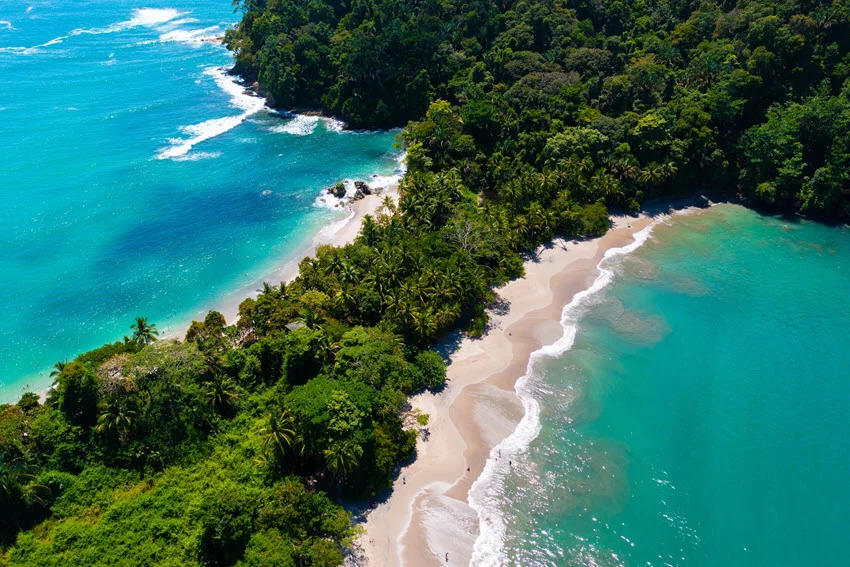
Costa Rica is famous for its rainforests and big game fishing. Also, it delivers epic Tarpon action, especially notable on the Caribbean coast near Tortuguero and the Rio Colorado. These jungle-lined waters hold large populations of year-round Tarpon. The best conditions are typically from September to November.
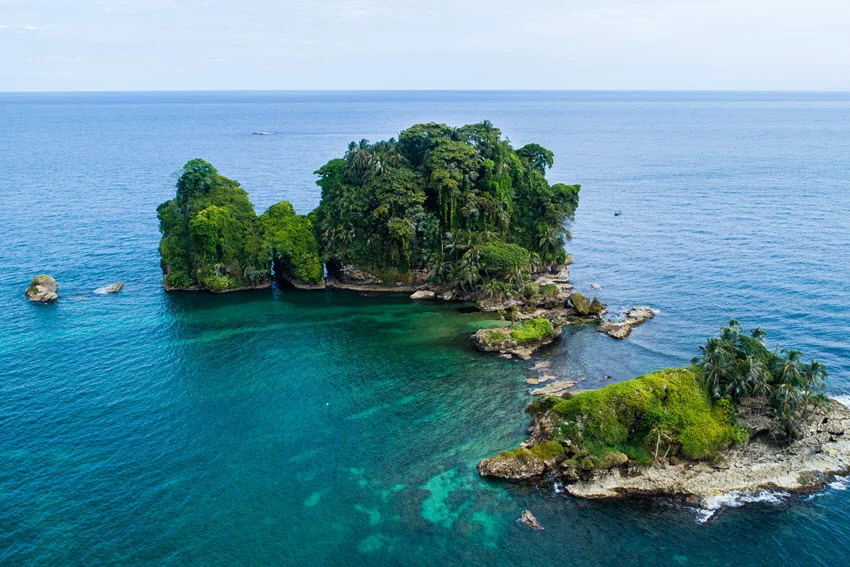
The Bocas del Toro archipelago on Panama's Caribbean coast is another top destination for Tarpon fishing. Anglers can find both resident and migratory Tarpon, with peak fishing occurring from August through April. Notable hotspots include the mouths of the Changuinola and Sixaola rivers, where Tarpon often exceed 150 pounds.
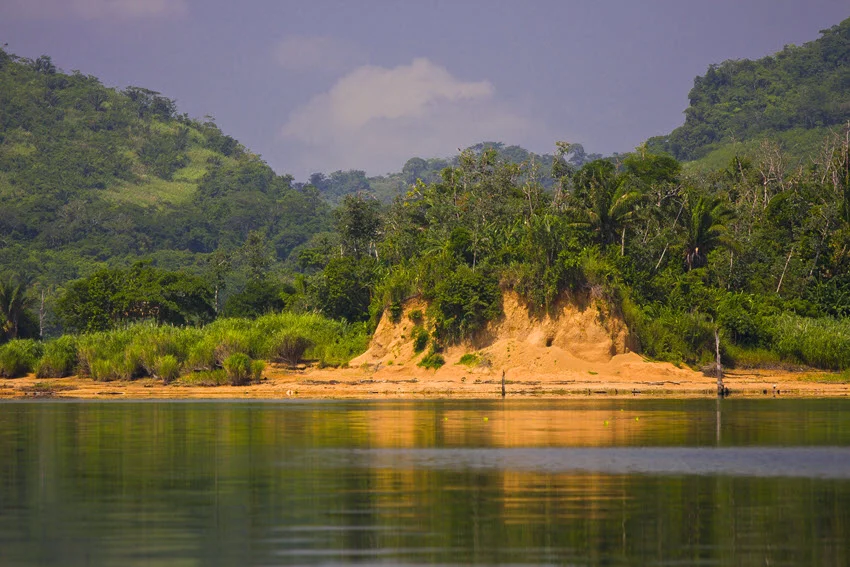
The Bayano River is located approximately 1.5 hours east of Panama City. This is a unique and productive destination for Tarpon fishing. Bayano offers the rare opportunity to catch these powerful fish on the Pacific side of Panama, making it one of the few spots in the world where this is possible. Peak fishing occurs from August through April.
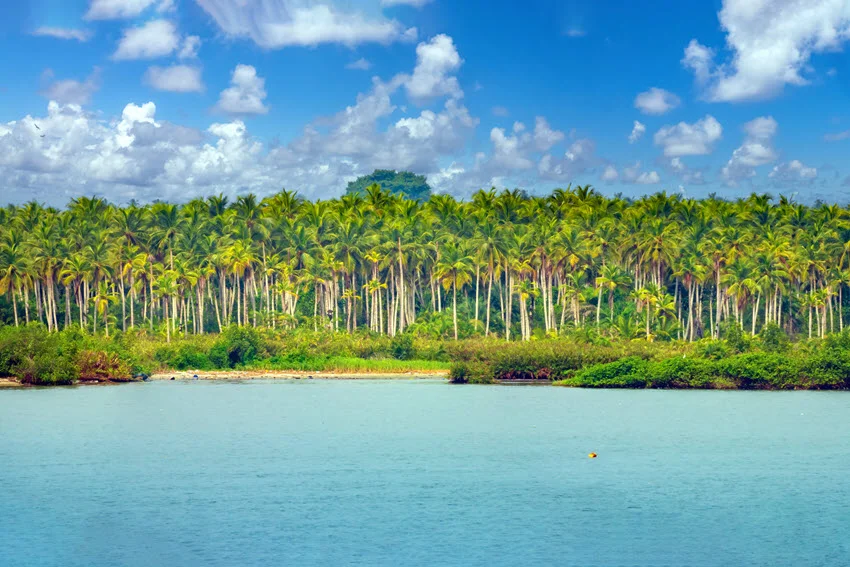
While it may be off the radar for many anglers, the coasts of Gabon, Sierra Leone, and Angola deliver some of the most productive Tarpon fisheries in the world. These remote waters hold massive Atlantic Tarpon, often exceeding 200 pounds. Peak season runs from October to May, and the low fishing pressure offers a raw and thrilling experience for adventurous anglers.
Applying the proper technique maximizes the success of your Tarpon fishing. So, be well prepared. This fish will not give up without a hard fight. Below, we analyze effective Tarpon fishing techniques.
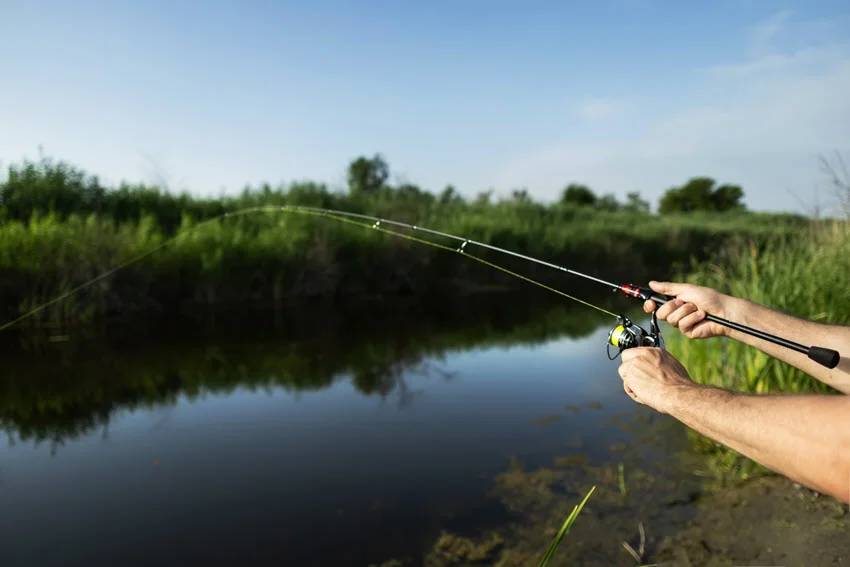
Sight casting is a thrilling and precise method. It is ideal for clear, shallow waters. Anglers scan the water for fish that are rolling or cruising. Then cast bait or a lure a few feet ahead of their path. This technique requires stealth, timing, and accurate casting. It's a favorite among fly anglers and light tackle enthusiasts in Florida's flats and bays.
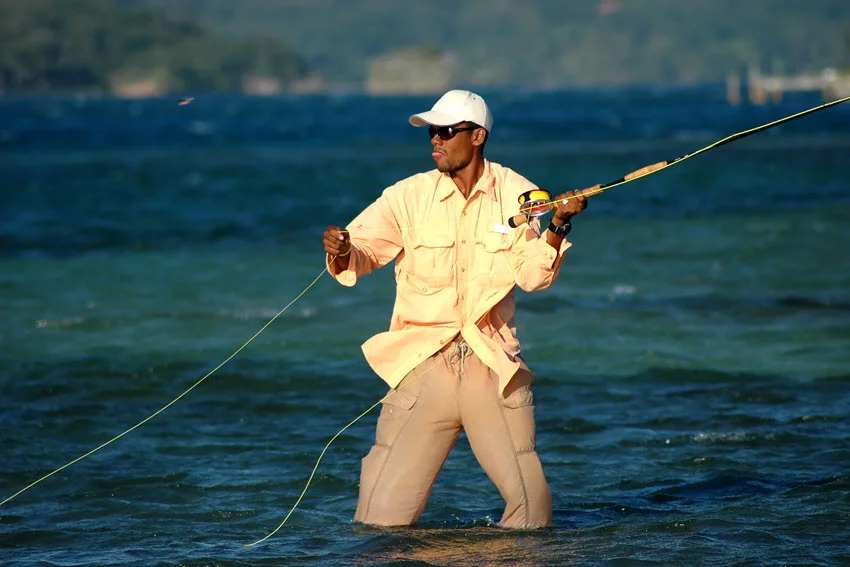
Flat fishing is one of the most iconic ways to target Tarpon. It is especially effective in clear, shallow coastal waters. Anglers quietly pole skiffs or drift over sandy or grassy flats, scanning the surface for rolling Tarpon. The visual element of this style makes it both challenging and rewarding. This method is popular in locations like the Florida Keys, Boca Grande, and Belize.
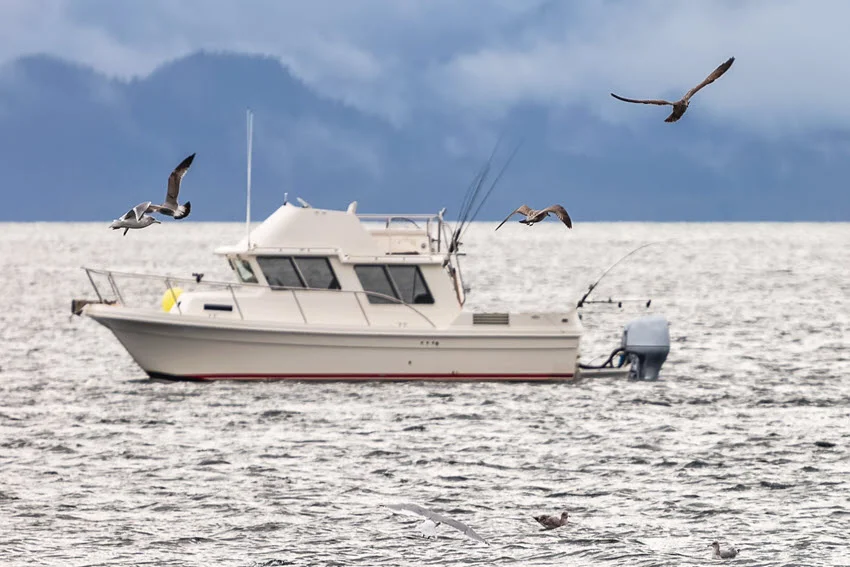
Drift fishing is effective in passes and channels with strong tidal movement. Anglers let their boat drift with the current while presenting live baits such as mullet or crabs. This practical approach is popular in places like Boca Grande Pass, where large Tarpons gather during the summer migration.
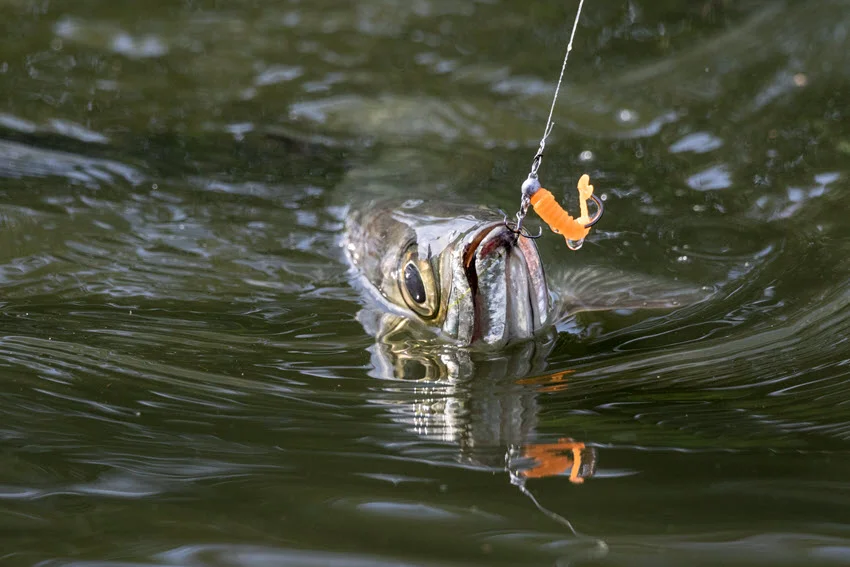
Though it is not a standard method, it is occasionally used in deeper channels and offshore areas where Tarpon feed. Anglers troll live bait or large diving plugs slowly behind the boat. This method is excellent when fish are not feeding on the surface. It allows anglers to cover more ground.
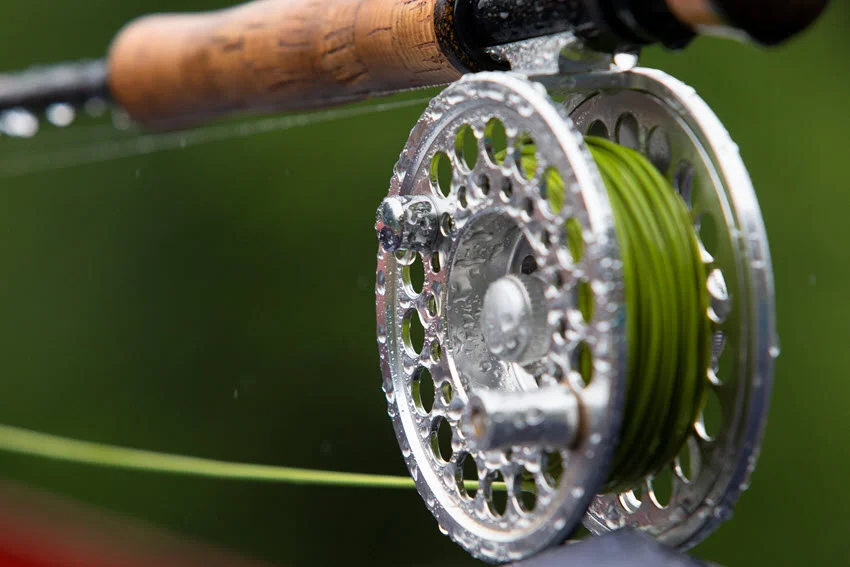
Fly fishing for Tarpon is a challenge for many sport fishers. Large, flashy streamers imitating baitfish or crabs are presented to cruising Tarpon in shallow flats or channels. The take is explosive, and the ensuing fight is intense. This method is most effective during calm mornings with minimal wind, when fish are easier to spot.
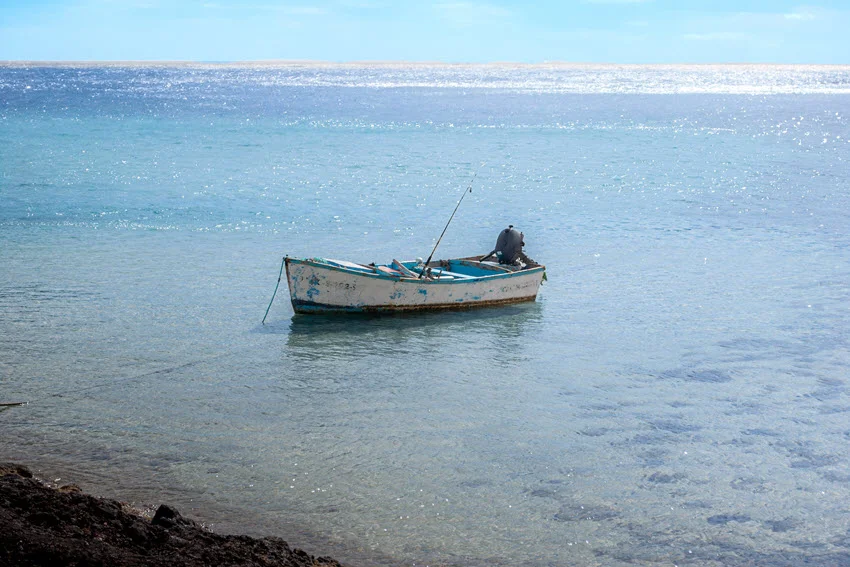
Anchoring is great for places like bridges, channels, or deep holes. Anglers drop anchor and chum the water to attract Tarpon, then present live or cut bait on the bottom or under a float. This technique works well in strong currents, and it is effective in tidal swings.
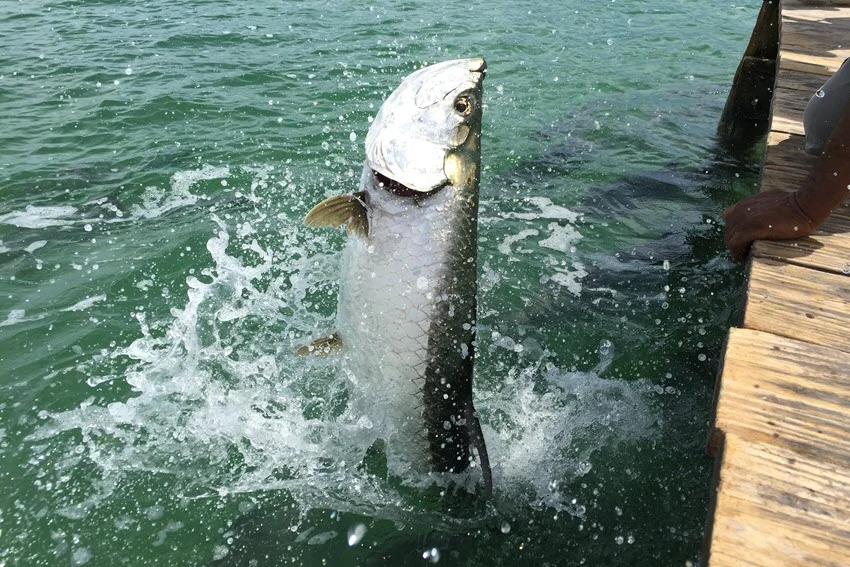
Kite fishing has been adapted for Tarpon in areas with deep channels and steady wind. It allows baits to be suspended naturally at the surface, away from the boat, minimizing spooking. The kite fishing method offers unique presentations for highly pressured fish.
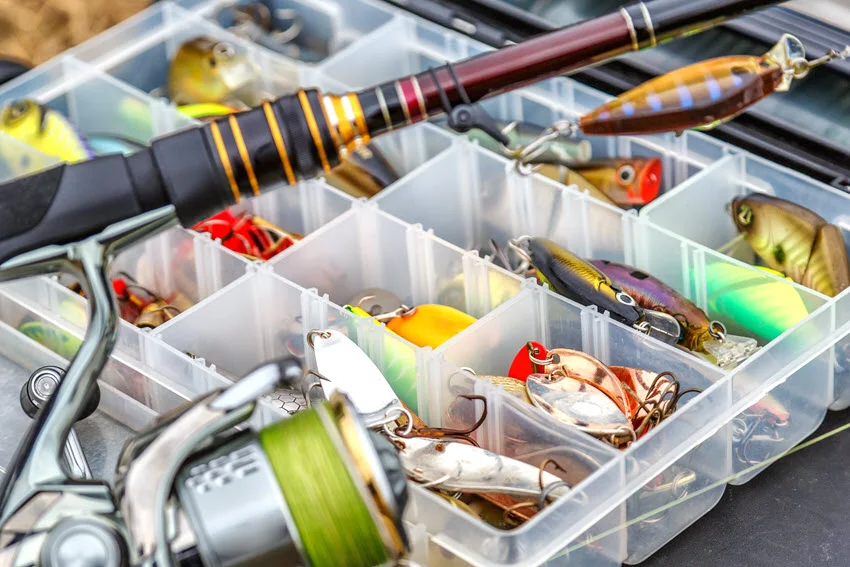
If you don't use the right bait, your adventure will be unsuccessful. So don't miss the next part, where we address the bait and provide you with all the necessary information related to it.
Live bait is often the most productive option. These fish are visual hunters. It reacts strongly to the movement of prey. Mullet, pinfish, pilchards, and ladyfish are all popular live options.
Live crabs and shrimp also perform well, particularly around bridges and inlets where currents are strong. Presenting the bait naturally, with minimal resistance, can lead to strikes.
Artificial lures can be just as effective when chosen wisely. Topwater plugs work great. They mimic distressed baitfish on the surface. Soft plastic swimbaits resemble mullet or shad and are deadly when retrieved slowly. Jigs with strong hooks also trigger bites in deeper water or when conditions are murky. Use a steady or twitchy retrieve. It depends on the mood of the fish.
In clear water and sunny conditions, natural shades like white, silver, and bone are most effective. They resemble baitfish like mullet or pilchards. In murky water, darker colors like black and purple are the top choices.
Bright colors like chartreuse or orange can also be productive. These colors work well in stained or grassy water, where visibility is limited. Some anglers prefer combinations like white and chartreuse or gold and black. Matching the hatch is always a smart move. Pick colors that mimic the local prey.
Freshly cut bait can tempt Tarpon. It's not as successful as lively, but it can be effective. It's best to use when scent plays a larger role. Strips of mullet, ladyfish, or pinfish are often used. For best results, use freshly caught bait over frozen. Drop cut bait in areas with strong tidal flow, such as river mouths or channels. Let the scent spread naturally. It's a slower-paced technique, but it works.
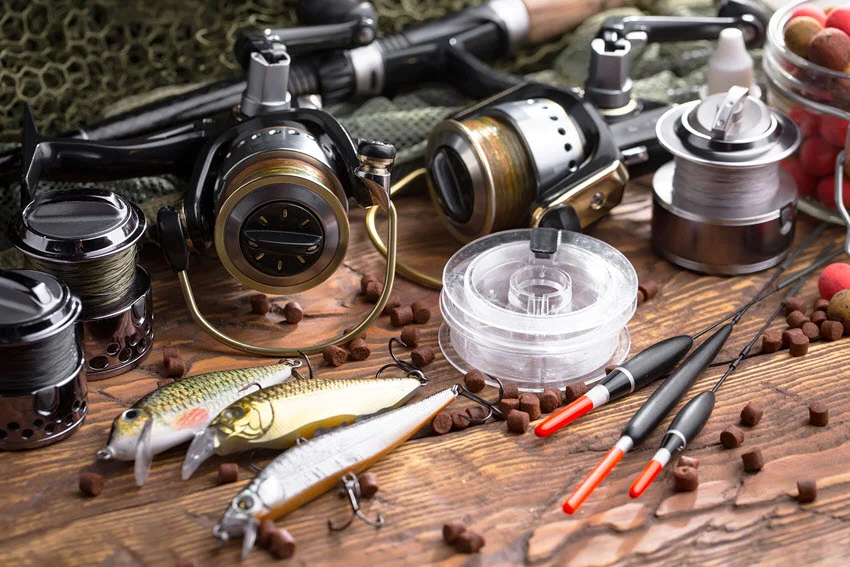
Tarpon aren't your average inshore fish. Fighting this fish demands serious gear. No matter if you're targeting juvenile Tarpon or battling giants, one thing is crucial: when hunting this big fish in open channels, your setup needs to match the power of the fish you're targeting.
When targeting juvenile or medium-sized Tarpon, a medium-heavy spinning rod around 7'-8' paired with a 4000-5000 size spinning reel is a solid setup. Use a braided mainline in the 20-30 lb range, paired with a 30-50 lb fluorocarbon leader for added abrasion resistance. Circle hooks in 3/0 to 5/0 size work well. This gear gives you enough strength to fight acrobatic fish. It also keeps your setup light and manageable in backwater areas.
When you land fish, it's a good idea to wear gloves. Even small Tarpon can have rough mouths that might cut your skin. Lightweight gloves will help protect your hands and also reduce stress on the fish when you release it.
For adult Tarpon, often called "Silver Kings," you'll need a much tougher rig. A heavy-action spinning or conventional rod rated for big game species is ideal. Pair it with a 6,000-to 8,000-yard reel that can hold at least 300 yards of 50–80 lb braided line. Use a 60-100 lb fluorocarbon leader to prevent break-offs from their abrasive jaws and sharp gill plates. Circle hooks 6/0 to 9/0 are recommended for large live bait or chunk bait presentations.
Tarpon of this size are very strong, and they can jump up to 6 feet into the air. This kind of fight demands high-drag capacity reels and a strong terminal tackle.
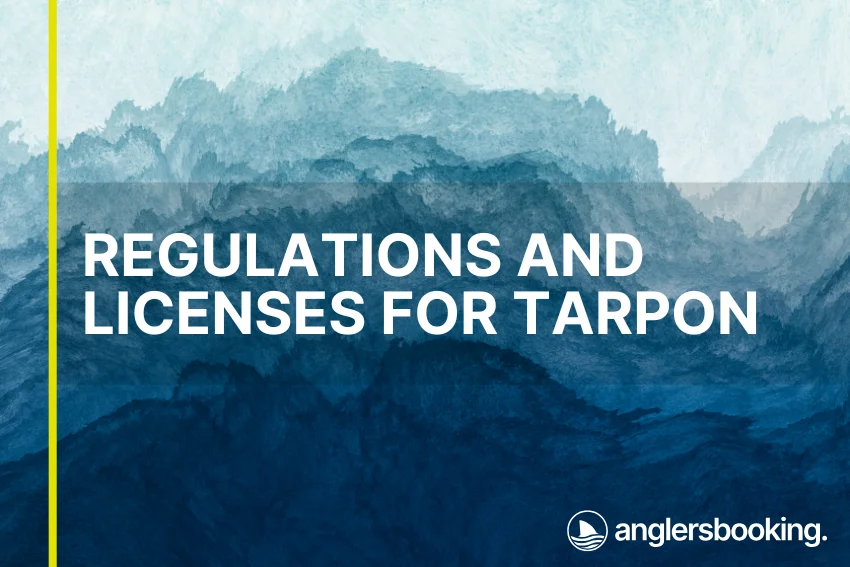
Understanding fishing regulations and preserving specific fish species contributes to protecting fish populations and ecosystems and promoting responsible angling practices.
Anglers Booking team
Tarpon fishing comes with specific regulations that anglers must follow. These rules protect the Tarpon population. They may vary by location. However, you will encounter standard guidelines in many areas.
While fishing for Tarpon, it's crucial to prioritize the health and safety of the fish. Avoid lifting large specimens out of the water and fishing in areas where the fish are particularly vulnerable to harm. This protects the fish and supports the sustainability of the Tarpon.
Tarpon fishing is an exciting activity for all anglers. Whether you want to catch large Tarpon or smaller ones, knowing proper techniques, equipment, and fishing spots is essential for success.
And what's your experience with Tarpon fishing? What technique did you use? Share your experience in the comments below. We are happy to hear about your experiences in the comments below.

The expert copywriters at Anglers Booking have meticulously crafted this article. Our dedicated team of writers provides valuable insights and information to enhance your angling experience.
Embark on unforgettable fishing adventures with us at Anglers Booking.
book your charterSeptember 29, 2025
September 25, 2025
September 21, 2025
September 21, 2025
September 16, 2025
September 21, 2025
September 8, 2025
September 5, 2025

You're now part of our exclusive community. Get ready for premium content and updates straight to your inbox.
close
Subscribe to our newsletter and receive a selection of cool articles every week.
Please enter a valid email address.

Be the first to know when we're back in action.
Please enter a valid email address.
Leave a Comment
Your email address will not be published. Required fields are marked *
Thank you for your comment! It has been submitted for review and will appear on the site shortly.